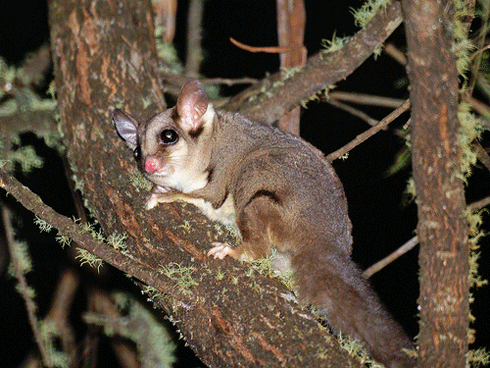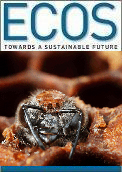
|
Published: 7 May 2012
Malaysia offers sweet relief to sugar gliders
The sugar glider has become a popular exotic pet in southeast Asia and the United States, so much so that Malaysian authorities plan to put it on the country's protected animal list, to better limit and track the burgeoning trade.

|
|
It's easy to see why sugar gliders are becoming increasingly popular as domestic pets. But the trade in these animals may threaten the survival of this species in the long term. Credit: David Cook Wildlife Photography
|
Sugar gliders (Petaurus breviceps) are small, shy nocturnal marsupials found only in the forests of eastern Indonesia, Papua New Guinea and Australia. Animals available in the pet trade in Malaysia are largely trafficked from Indonesia where most are believed to be taken from the wild. Sugar gliders tend to sleep in groups, making it easy for collectors to gather large numbers in a short time.
Zaaba Zainol Abidin, Deputy Director of Malaysia’s Department of Wildlife and National Parks, Perhilitan, said his agency will move to protect sugar gliders under Malaysia's Wildlife Conservation Act. In Malaysia sugar gliders are subject to a quota limiting the number that can be taken out of the wild each year (in 2011 the quota was 225), but the number trafficked appears to grossly exceed this.
Malaysia’s Department of Wildlife and National Parks, Perhilitan, currently has almost 9000 sugar gliders registered with the Department, suggesting quotas are being exceeded, and their records suggest that the number of animals entering the country is on the increase.
The species is not currently listed as protected under Malaysia’s Wildlife Conservation Act 2010 or International Act 2008.
In March last year, the Malaysian Maritime Enforcement Agency seized 200 sugar gliders from two Indonesian traders entering the country at a port in Johor, the southernmost state of Peninsular Malaysia.
‘Current levels of trade in wild-caught sugar gliders not only indicate that quotas are being ignored, but also suggest trade may potentially be a serious threat to this species,’ says Chris Shepherd of the non-government organisation Wildlife Trade Monitoring Network (TRAFFIC).
Source: Mongabay



